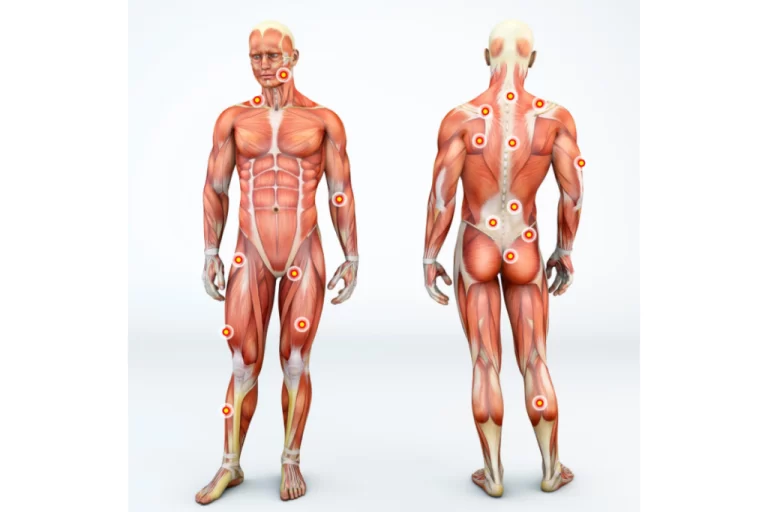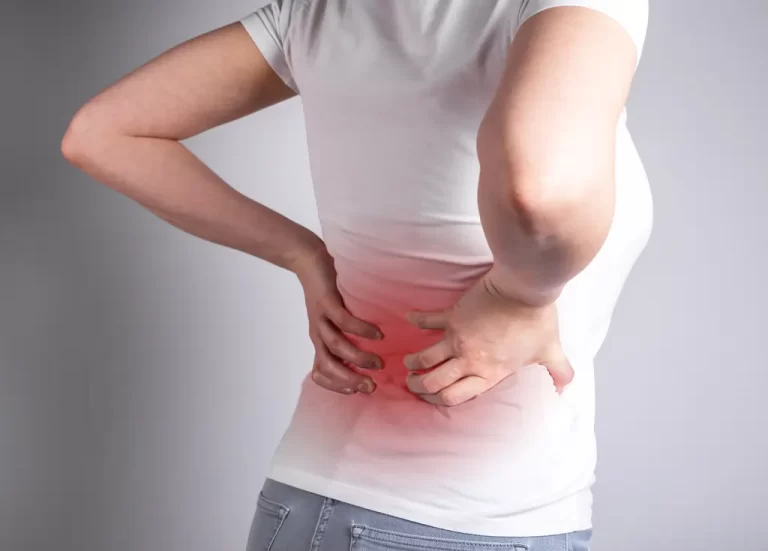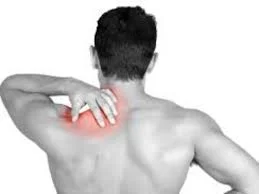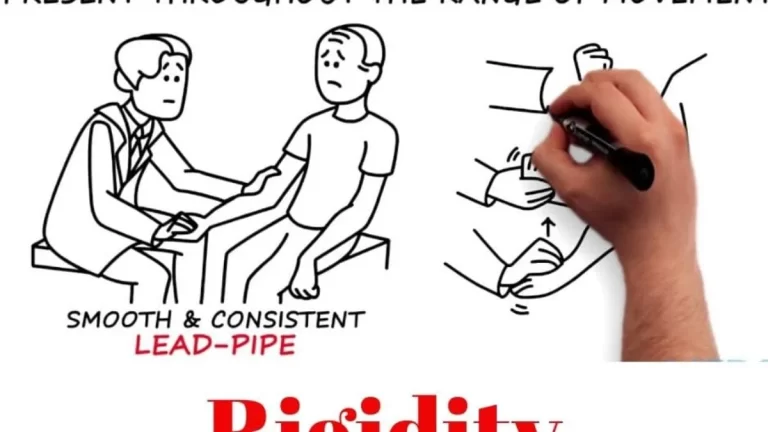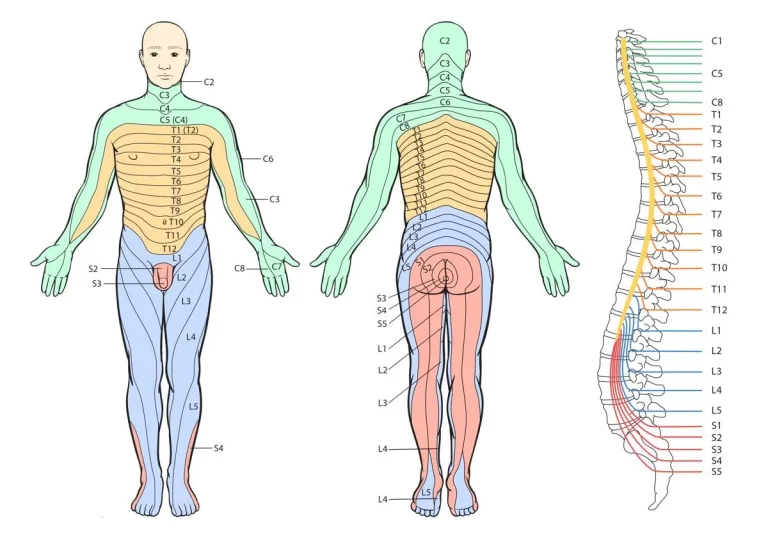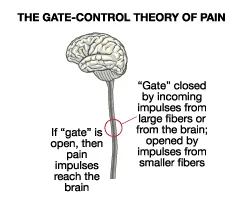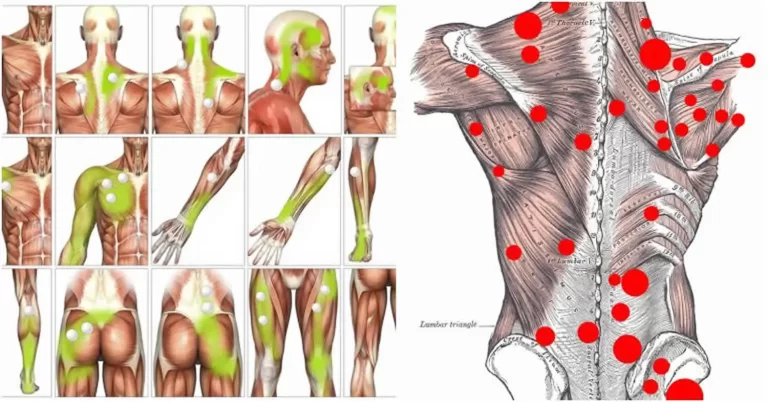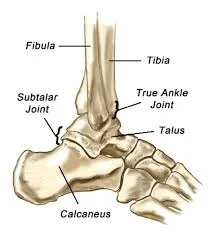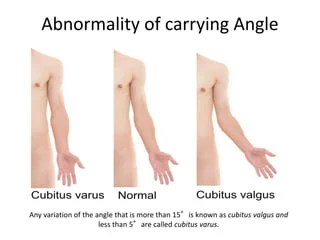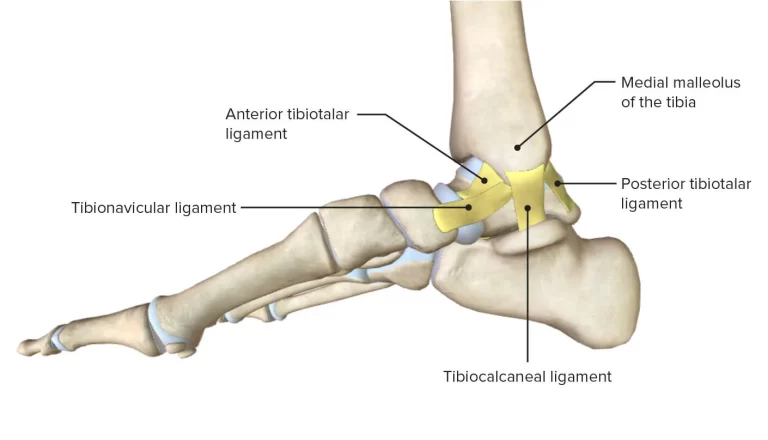Trigger Points
What are Trigger Points? Trigger points, often called muscle “knots,” are sensitive areas within muscle fibers that can cause pain in other parts of the body. These tight spots form when muscle fibers contract and are unable to release, leading to localized tension and tenderness. Trigger points can be active, where they consistently cause pain,…

